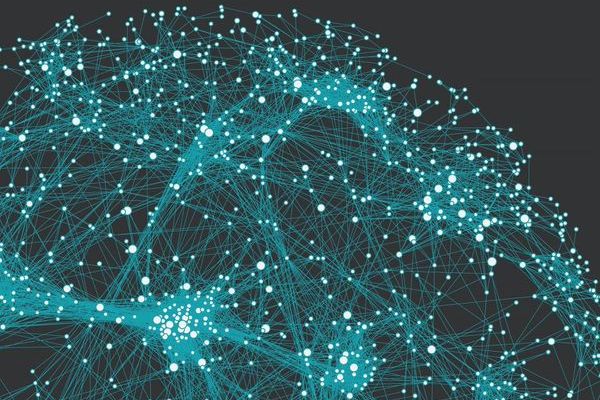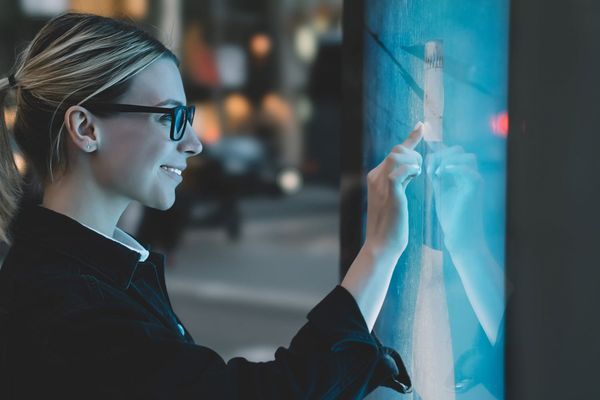Enhancing Lives: How Technology Can Open Doors for People with Disabilities
Did you know that globally, over one billion people experience some form of disability? This vast population holds immense potential, and technology plays a crucial role in unlocking it.
Assistive technology is specifically designed to empower individuals with disabilities by overcoming challenges and promoting independence, communication, and participation in various aspects of life. Let’s explore how technology acts as a bridge, creating a world of possibilities for individuals with disabilities to thrive in the digital age.
Overcoming Challenges with Technology:
Navigating the digital world can be challenging for individuals with disabilities, but with the right tools, these hurdles can be overcome.
- Screen readers and text-to-speech software: These tools convert on-screen text into audible speech. This allows individuals with visual impairments to access and interact with websites and documents with ease. Imagine browsing the web and listening to the content being read aloud.
- Magnification tools: These software programs enlarge text and images on the screen, making digital content easier to read and navigate for people with low vision. Think of zooming in on text and pictures like using a magnifying glass but on a computer screen.
- Alternative input devices and voice recognition software: These tools provide alternative ways to interact with technology. They are especially beneficial for individuals with limited mobility who may struggle with traditional keyboards and mice. Imagine using voice commands to control your computer or special joysticks designed for easier navigation.
Communication and Connection:
Technology fosters communication and connection, breaking down barriers for individuals with disabilities.
- Real-time captioning and transcription apps: This tech plays a crucial role in aiding the deaf and hard-of-hearing community by providing live captions or transcriptions of spoken content.
- Augmentative and Alternative Communication (AAC) devices: Individuals with speech limitations find their voice through AAC devices, offering a range of communication options, from picture symbols to text-to-speech capabilities.
- Social media platforms and online communities: Beyond communication, these platforms serve as bridges to connect individuals with disabilities, fostering a sense of belonging and breaking down the barriers of isolation.
Technology for Enhanced Independence:
Technology not only facilitates communication but also empowers individuals with disabilities to lead more independent lives through: Daily Living Assistance
- Smart home devices: These technologies allow individuals to control lights, thermostats, appliances, and even security systems with voice commands or through mobile apps. Imagine turning on the lights, adjusting the thermostat, or locking the door, all through voice commands or a smartphone app.
- Medication reminders and health monitoring apps: These tools help individuals with chronic conditions stay on top of their medication schedules, track health data, and manage their well-being effectively. Imagine receiving reminders to take medication and monitoring vital signs with ease, empowering individuals to take charge of their health.
- GPS navigation and wayfinding apps: These apps provide accessible navigation assistance, allowing individuals with mobility limitations to travel independently and explore their surroundings confidently. Imagine using a navigation app that provides clear instructions and considers accessibility needs, enabling individuals to travel freely and confidently.
Education and Learning Possibilities:
- Accessible e-books and audiobooks: These resources make learning materials readily available for individuals with visual impairments or learning disabilities. Imagine having access to a vast library of audiobooks and e-books, all designed to be accessible and user-friendly.
- Learning tools with adaptive features: Educational software and online platforms often offer features like text-to-speech conversion, adjustable font sizes, and customizable layouts. Imagine having access to learning materials that can be adjusted to individual preferences, creating a personalized and inclusive learning experience.
- Online courses and skill development platforms: Technology empowers individuals to pursue lifelong learning opportunities, acquire new skills, and advance their careers regardless of location or physical limitations. Imagine enrolling in online courses or skill development programs, all from the comfort of your own home.
Conclusion
Technology emerges as a powerful tool for empowerment, independence, and increased quality of life for individuals with disabilities. As we strive for inclusivity, it's crucial to recognize that accessibility is an ongoing process, and the tech community has a responsibility to make products and services inclusive for everyone.
Leading the charge in this mission, VE3 is dedicated to developing innovative solutions that prioritize accessibility and inclusivity. With our inclusive UI, product and app design approach, we ensure that no one is left behind in the digital age. Read more insights from us or explore our innovative digital solutions.

Skills, Talent and Diversity updates
Sign-up to get the latest updates and opportunities from our Skills, Talent and Diversity programme.







